What Is the BitSNARK Verification Protocol? Unveiling Bitcoin's Newest Innovation
Discover how BitcoinOS's open-sourcing of the BitSNARK verification protocol unlocks zero-knowledge proofs for Bitcoin's mainnet. Learn how this advancement paves the way for rollups, cross-chain interactions and a future of interoperable smart contracts on the most secure blockchain.
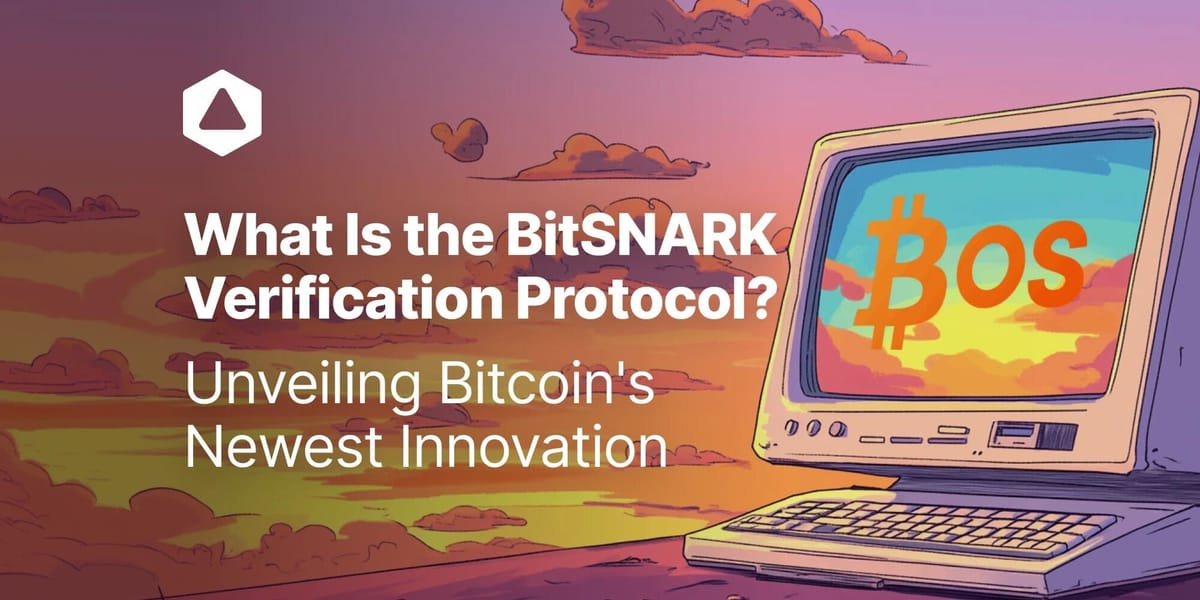
BitcoinOS has taken a significant leap forward by open-sourcing the BitSNARK Verification Protocol, marking a pivotal moment in Bitcoin's development. Today, we are taking a look at what exactly it means and why the open-sourcing of the BitSNARK verification protocol, is a pioneering move in the realm of zero-knowledge cryptography on Bitcoin's mainnet.
What is the BitSNARK Verification Protocol?
The BitSNARK Verification Protocol is a system that allows zk-SNARK proofs to be executed on the Bitcoin network without altering Bitcoin’s core protocol. This innovation makes it possible to run more complex decentralized applications and chains on the world's most secure blockchain.
You asked. We delivered.
— BitcoinOS (@BTC_OS) September 25, 2024
Today we’re proud to open-source BitSNARK v.0.1 – an early version of the technology that allowed us to verify the first zero-knowledge proof on Bitcoin.
Bitcoin has broken free of its technical shackles, allowing anyone to upgrade the network without…
A technology built on the BitVM paradigm introduced by Robin Linus in his December 2023 paper, which allowed the expression of Turing-complete smart contracts on Bitcoin.
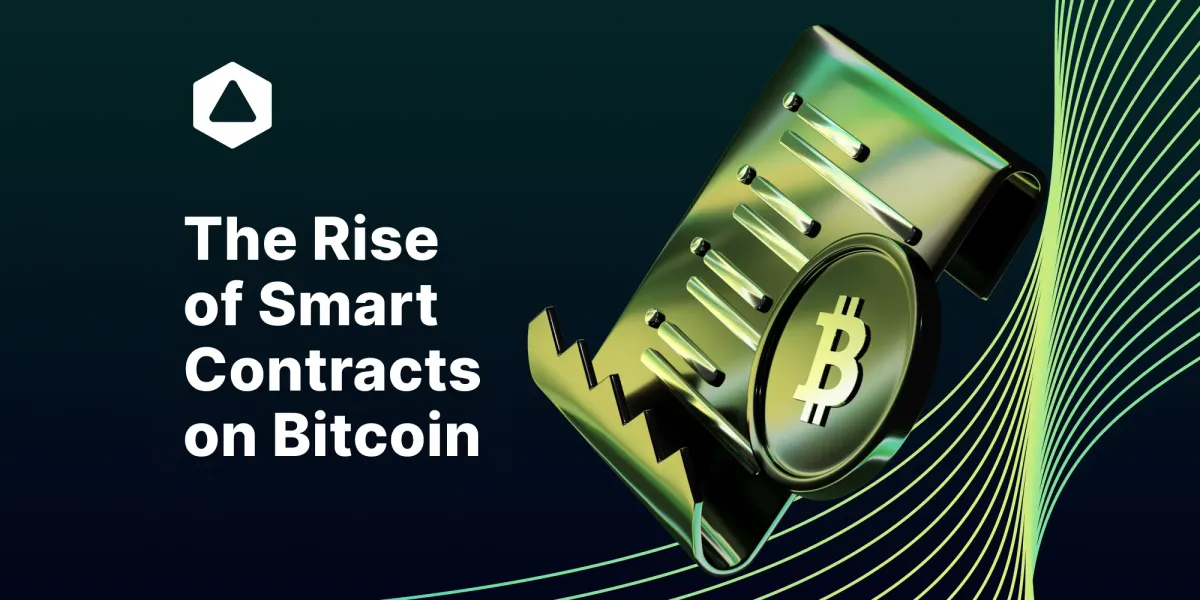
BitSNARK enhances by improving program size and reducing challenge/response length, making it a more efficient system for the specific needs of Rollup bridging.
As a zero-knowledge proof (ZKP) verification protocol that has been open-sourced by BitcoinOS (BOS).
Why Do zk-SNARKs Matter?
A zk-SNARK is a cryptographic proof that enables one party (the Prover) to prove to another party (the Verifier) that they know a specific piece of information or that a computation was performed correctly—without revealing any additional details about the computation itself.
In July, BOS verified the first-ever ZK proof on Bitcoin at Block 853626. The open-sourcing of BitSNARK v0.1 provides developers with tools to implement advanced cryptographic proofs on Bitcoin.
How Does the BitSNARK Protocol Work?
BitSNARK is designed as a two-party protocol involving a prover and a verifier. The prover begins by revealing the program’s input and its result. If the verifier believes the claim is incorrect, they can dispute it.
This type of cryptography is crucial for compressing large computations into small, verifiable proofs, which is vital in a blockchain environment where block space is a limited resource.
This economic incentive structure ensures honesty, as dishonesty is penalized by the loss of a stake put up in BTC by the Prover and the potential cost to the Verifier if their challenge is unsuccessful.
What Happens if There is a Discrepancy?
In case of a discrepancy, the protocol does not rerun the entire verification but uses a binary search to identify the exact point of disagreement, which is usually resolved in a logarithmic number of steps. This method is efficient and ensures that the verification process remains computationally feasible on the Bitcoin blockchain.
How Do Rollups Contribute to Bitcoin’s Evolution?
Rollups are a form of execution environment that aggregates transaction data off-chain and then rolls it up to the main Bitcoin blockchain.
With rollups, the Bitcoin network can potentially host execution environments similar to those currently found on other blockchains like Ethereum and Solana, thereby significantly expanding its capabilities.
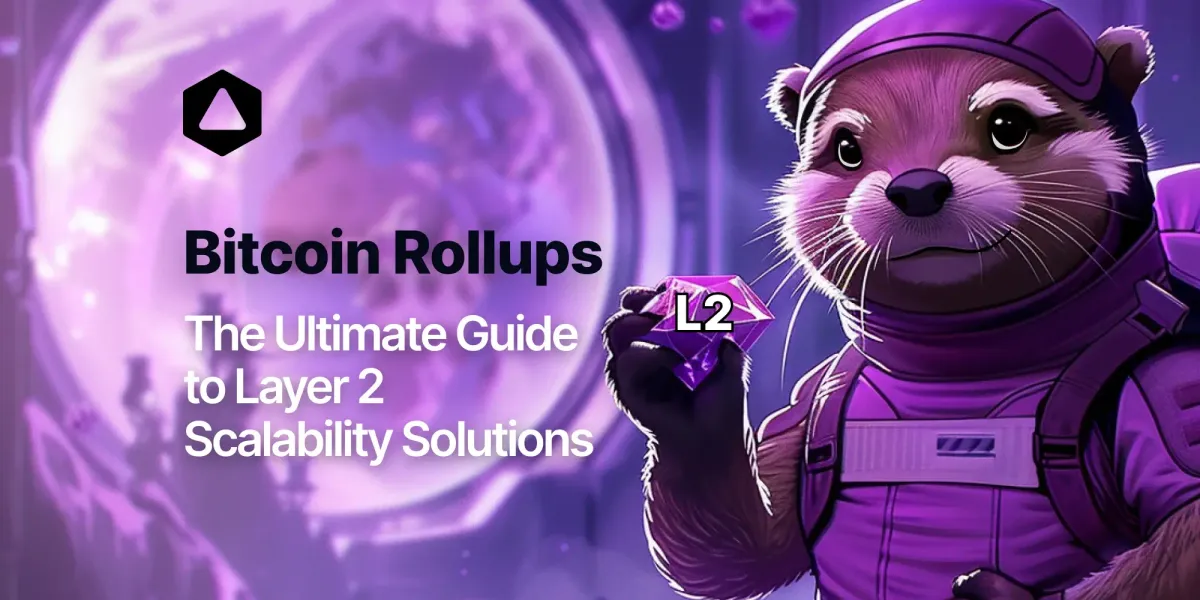
Why is BitSNARK Verification Revolutionary for Bitcoin?
From its inception, Bitcoin faced the trilemma of achieving greater scalability, enhanced functionality, and maintaining decentralization. The community has long debated whether it's possible to enhance Bitcoin's capabilities without compromising its core principles. The analogy of stretching a blanket over three corners—scalability, functionality, and decentralization—illustrates the difficulty of covering all aspects simultaneously.
This new capability opens Bitcoin to decentralized atomic swaps, cross-chain transfers, and the integration of smart contract transactions, propelling Bitcoin into a future where it can interact seamlessly with other blockchain ecosystems.
Unlike other projects that have introduced zero-knowledge proofs to Bitcoin, BitSNARK's implementation is unique because it operates directly on the Bitcoin mainnet without the need for a soft fork.
Edan Yago, CEO and co-founder of BOS stated that it turns Bitcoin into a complete smart contract platform. “Bitcoin has entered the chat,” Yago said.
How Does BitSNARK Compare to Other Zero Knowledge Proof Solutions on Bitcoin?
While other projects have made strides in bringing zero-knowledge proofs to Bitcoin, BitSNARK’s mainnet implementation sets it apart. StarkWare, for instance, verified a ZK proof on Bitcoin’s Signet test network in June 2024, aiming to improve Bitcoin’s scalability using STARK technology and an OP_CAT soft fork called.
The ZeroSync project is developing a zero-knowledge light client for Bitcoin using a potential OP_ZKP OP code but has yet to implement mainnet verification.
Ledger’s CTO, Charles Guillemet, has advocated for advancements like OP_CAT or other innovative approaches to validate ZK proofs on-chain for Bitcoin, suggesting that such advancements could enhance layer-2 solutions and reduce trust in off-chain processing.

What Makes Bitcoin Different from Other Blockchain Technologies?
Bitcoin is distinguished from newer blockchain technologies like Ethereum and Solana by its stability and reliability. These newer technologies constantly undergo updates and may experience operational issues, whereas Bitcoin's unchanging nature makes it a more stable investment for long-term asset protection.
These new experiments aim to bring the advanced functionalities to Bitcoin, which traditionally has not supported complex smart contracts or decentralized applications directly on its network. Despite the technical advantages of these newer blockchains.
Moreover, the discussion points out an interesting observation in the tech industry: even when newer technologies provide significant improvements over older systems, they do not always replace the old. In the case of blockchain, Ethereum and similar platforms, despite their advanced capabilities, have not dethroned Bitcoin but rather exist alongside it, serving different needs within the ecosystem.
What is the Major Problem with Bitcoin?
Bitcoin's existing functionalities are often perceived as limited, primarily because you can essentially only hold or sell BTC through exchanges. A limitation that underscores the need for Bitcoin to be more deeply integrated within an active economy if it aims to serve as a reserve currency.
The current model supports Bitcoin's trillion-dollar valuation because it allows ownership without intermediaries, which is highly valued and let it be used in a decentralized finance level.
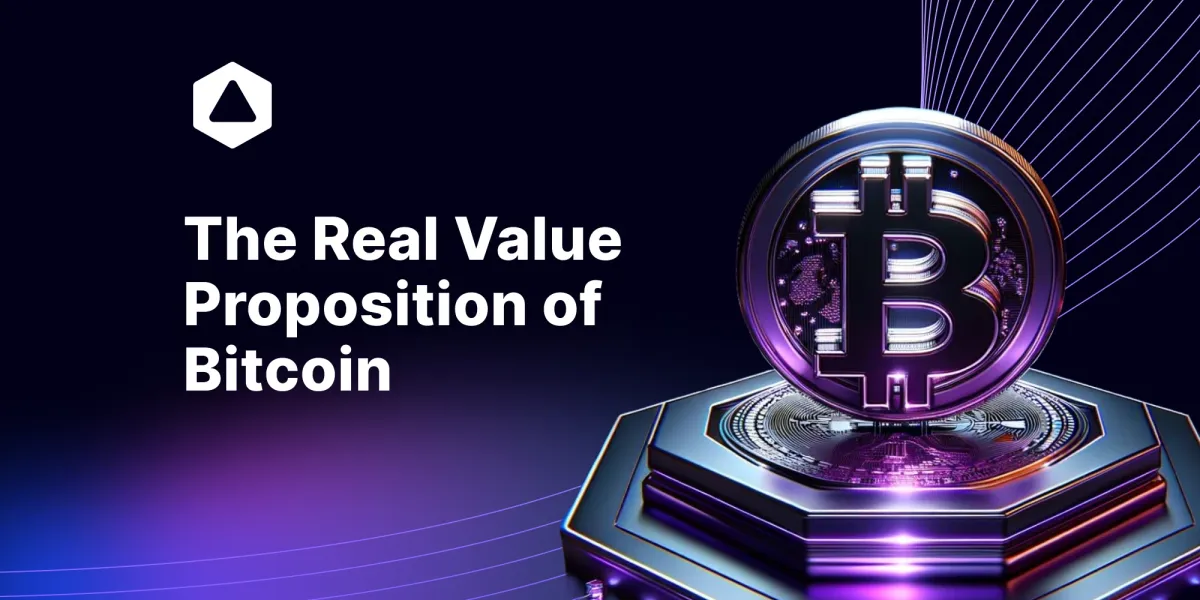
Bitfinity's Vision: Bridging Bitcoin and Ethereum
Bitfinity's ambitious vision revolves around bridging the gap between Bitcoin and Ethereum's smart contract capabilities. By harnessing the power of Zero-Knowledge Proof technology, Bitfinity aims to create Bitcoin rollups that address scalability challenges through batch transaction processing. This approach enhances Bitcoin's programmability.
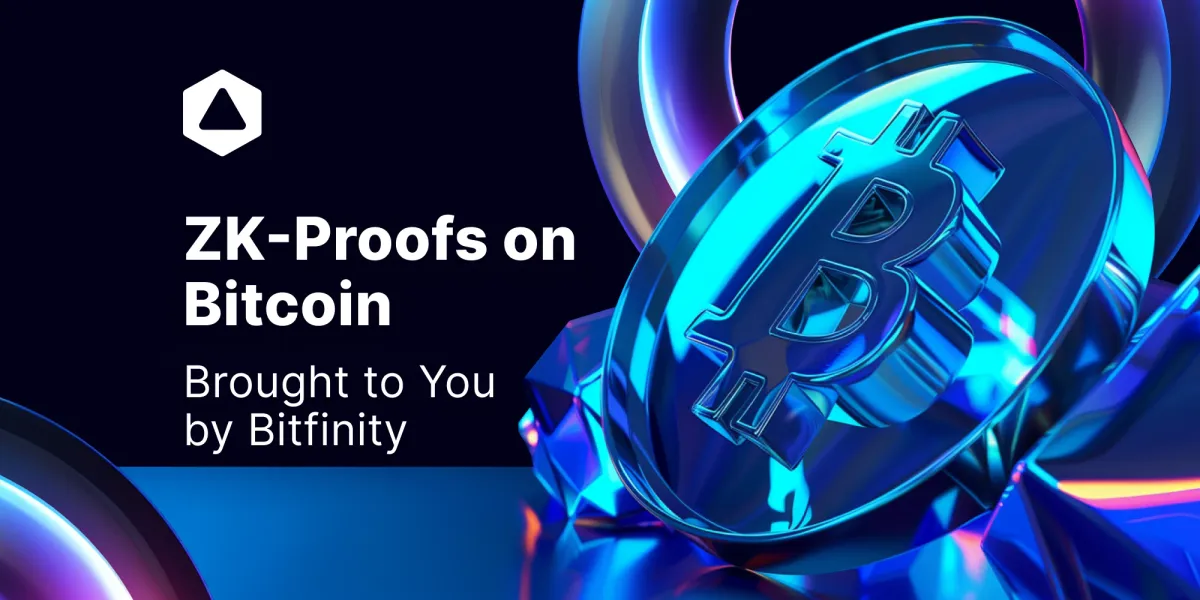
The Bitfinity EVM: A Game-Changer for Bitcoin
Central to Bitfinity's vision is the Bitfinity EVM (Ethereum Virtual Machine), a transformative tool that enables the deployment of Ethereum-compatible smart contracts directly on Bitcoin.
Operating as a sidechain, the Bitfinity EVM leverages Internet Computer technology to achieve unparalleled speeds and efficiencies, surpassing current Ethereum capabilities.
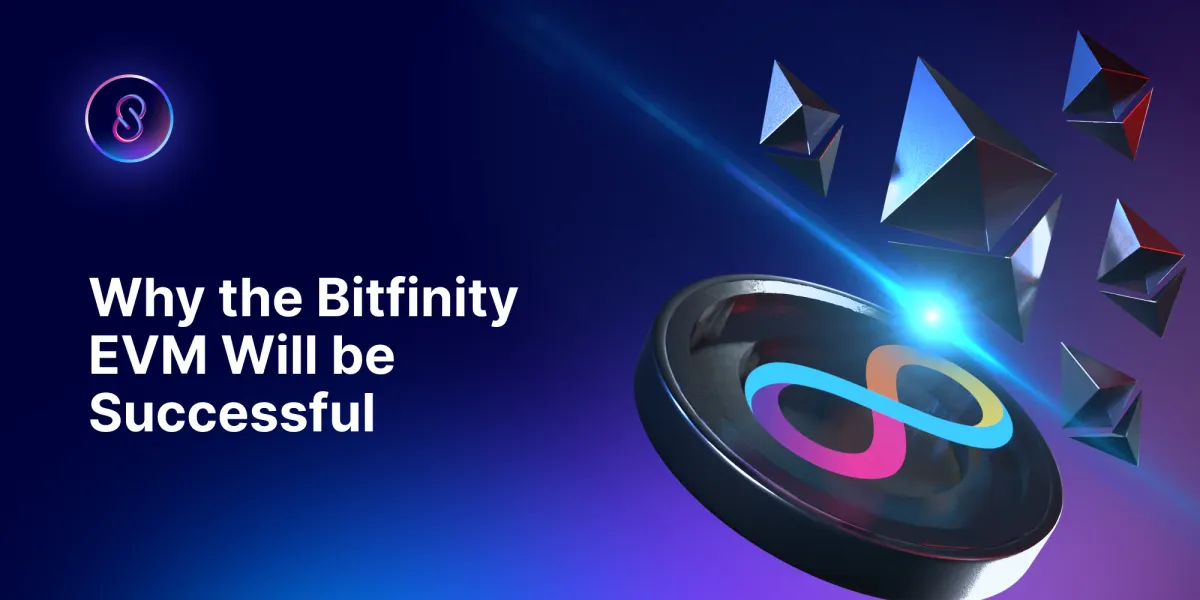
Unleashing Cross-Chain Interoperability
The integration of BitSNARK and the development of Bitfinity's EVM lay the foundation for seamless cross-chain interoperability. With the ability to execute decentralized atomic swaps and cross-chain transfers, Bitcoin is poised to become a more integral part of the broader blockchain ecosystem.
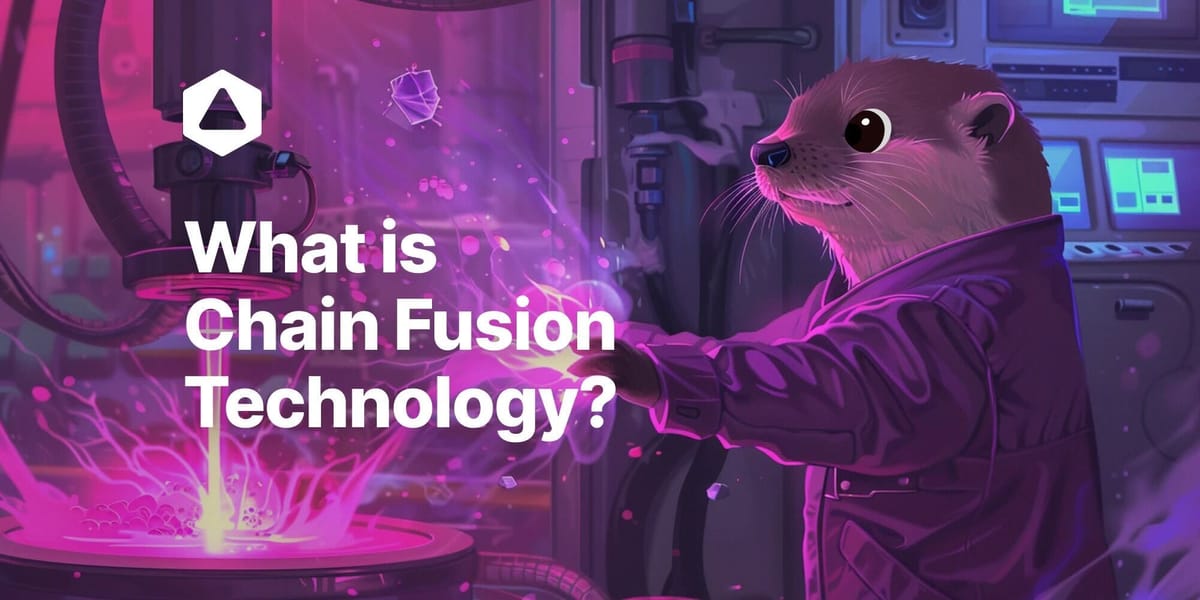
This newfound interoperability will unlock new avenues for Bitcoin, propelling it into a future where it can interact fluently with other blockchain networks.
Conclusion
The significance of introducing Zero-Knowledge (ZK) cryptography to Bitcoin is profound. ZK allows the integration of any computational logic—from virtual machines like those of Solana or Ethereum, to programming languages like Solidity, Java or TypeScript—into Bitcoin.
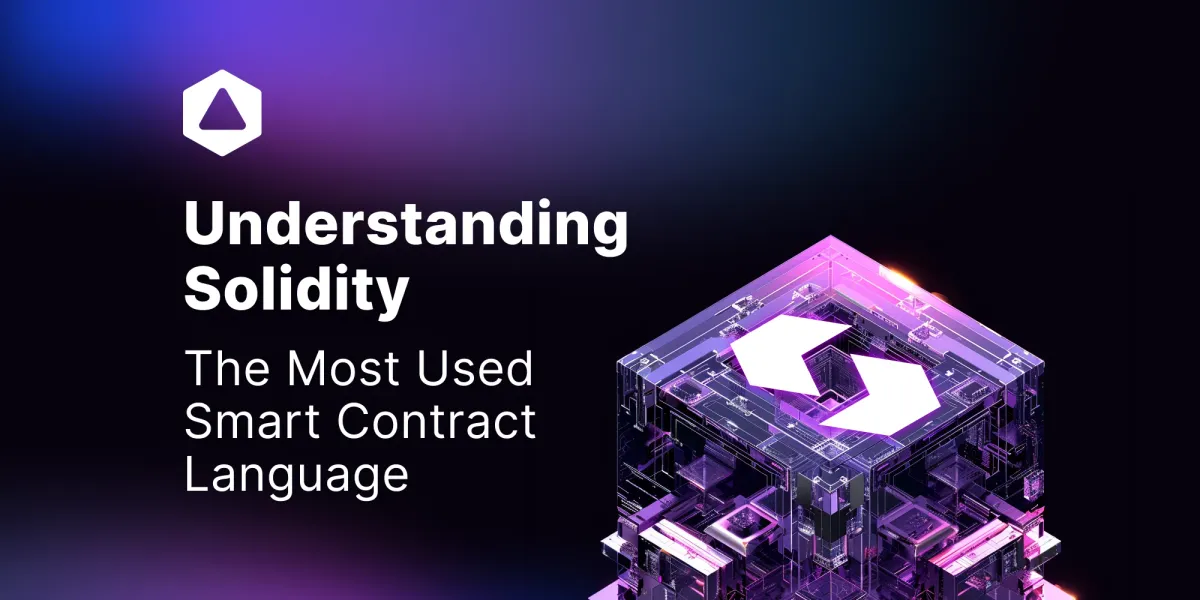
With these enhancements, Bitcoin is set to consolidate its position as the foundational technology for a decentralized future, embodying the principle that all decentralized applications could potentially run on Bitcoin's network.

Connect with Bitfinity Network
Bitfinity Wallet | Bitfinity Network | Twitter | Telegram | Discord | Github

*Important Disclaimer: The information provided on this website is for general informational purposes only and should not be considered financial or investment advice. While we strive for accuracy, Bitfinity makes no representations or warranties regarding the completeness, accuracy, or reliability of the content and is not responsible for any errors or omissions, or for any outcomes resulting from the use of this information. The content may include opinions and forward-looking statements that involve risks and uncertainties, and any reliance on this information is at your own risk.
External links are provided for convenience, and we recommend verifying information before taking any action. Bitfinity is not liable for any direct or indirect losses or damages arising from the use of this information.













Comments ()